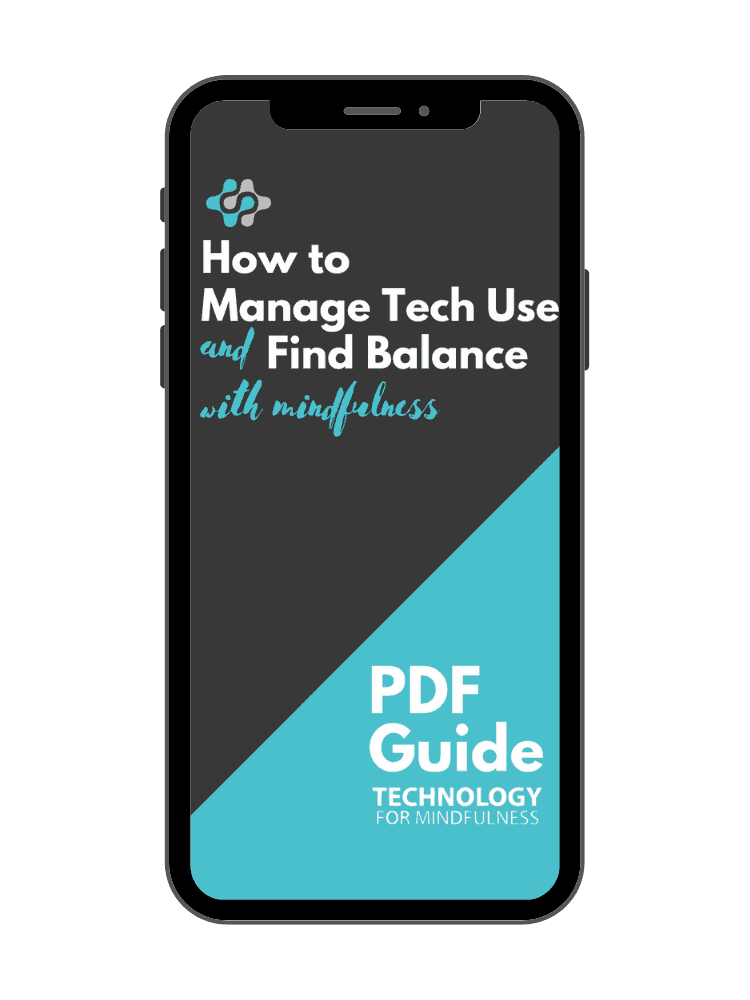In two of our recent blogs we talked about distraction and the theories behind why we as a society are so distracted—the two oldest theories, and one new theory—but how can we combat distraction?
Matthew Crawford suggests keeping yourself occupied, not allowing yourself to become mindlessly distracted. But is there another way? What about creating something you can use to decide whether or not something is worthy of your attention, or if it’s simply a distraction? That’s what an attention charter can do for you.
An attention charter is a document that lays out reasons you’ll allow something to take up your time and attention. It also specifies conditions for each task and time constraints.
Here is a great example, say you get a text while you’re working—it happens to all of us, and most of us will mindlessly reply. Don’t let mindlessness get the best of you; on your attention charter you would have laid of the conditions under which replying to a text would be worth your time and not a distraction, then you can mindfully decide what to do.
-
Is the text from one of the handful of people you’ll allow yourself to respond to?
-
How many personal text messages do you allow yourself per workday?
-
Will a response require a simple short reply or will it turn into a larger conversation?
-
Is it an emergency?
Asking yourself these questions that are previously laid out in your attention charter will help you quickly decide if you should allow yourself to give attention to most tasks.
Sometimes it can be difficult to just say no when someone is making you a reasonable offer, but an attention charter can layout conditions and reasons that you should say yes or no.
An attention charter is something that will be constantly changing depending on what your goals in life are. And each individual’s attention charter may be completely different—it’s all about what’s worth it to you!


